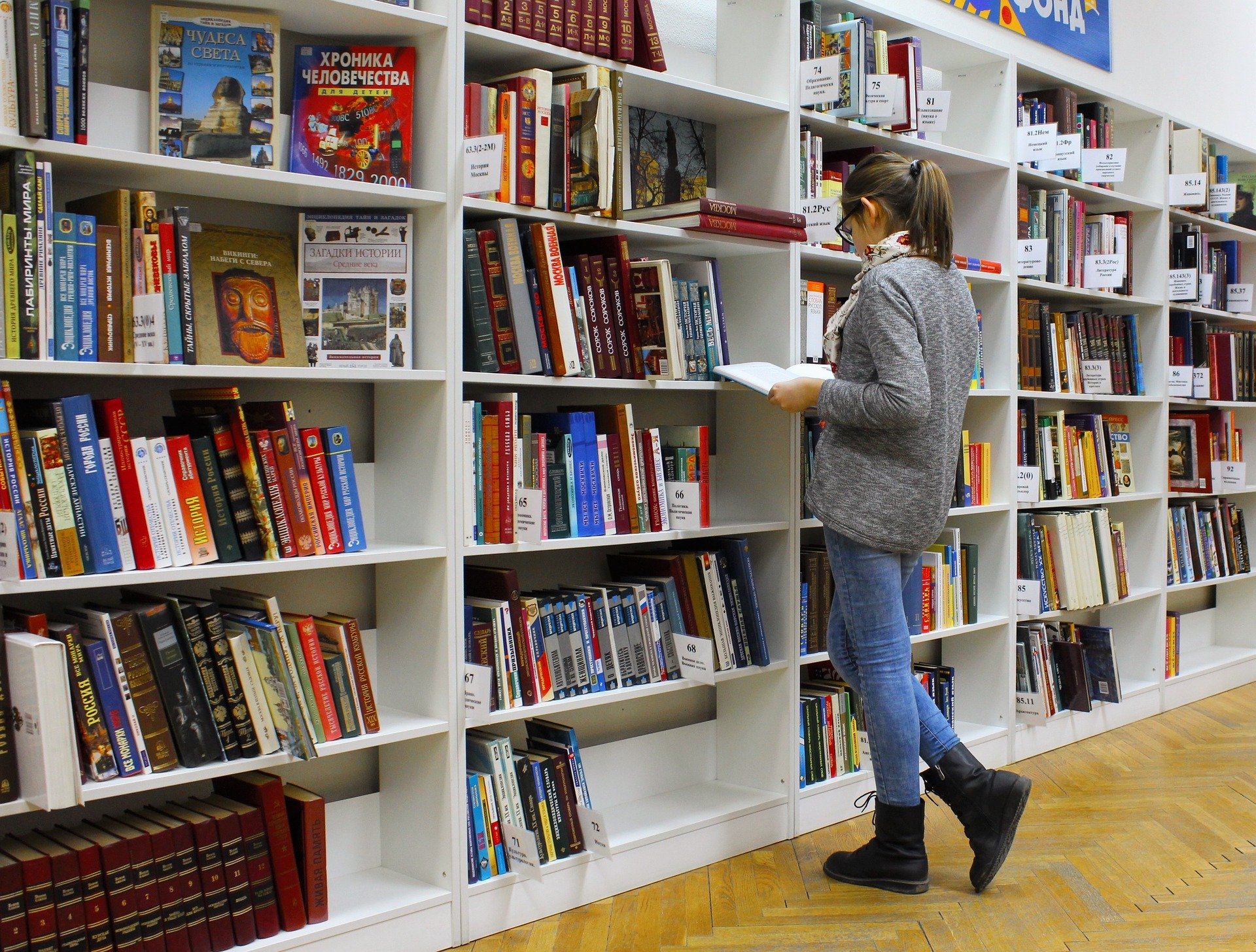International Day for Disaster Risk Reduction (IDDRR) activation kit 2024
On this page
1. Introduction
Every child and youth deserves to be protected from disasters.
For this reason, the 2024 International Day for Disaster Risk Reduction (IDDRR) theme is “Empowering the Next Generation for a Resilient Future,” focusing on how education can protect and empower children for a safer future. On and around the week of October 13, IDDRR activations are being organised worldwide to advocate for the protection of children through #Safeschools.
We invite all governments, schools, educational institutions, youth networks and anyone interested to join the campaign.
This toolkit is designed to support your events and activations and provides a menu of options for everyone to engage. It is targeted at many stakeholders, including National Disaster Management Authorities and Ministries of Education; schools, teachers and other education stakeholders; children and youth; donors.
- We are calling on all countries to i) ensure every school is constructed or retrofitted to be disaster-resilient, ii) deliver the best possible access to information on disaster risk reduction and climate adaptation through their school curriculum to all children iii) back the Comprehensive School Safety Framework 2022-2030, which supports the implementation of the Sendai Framework for Disaster Risk Reduction.
- We are calling on schools, teachers and education stakeholders to engage and empower children and youth to be aware of the disaster risks in their communities and empowered to take actions that save their lives and their families.
- We are calling on youth and children to be agents of change in their families and communities by sharing their knowledge and challenging to invest more in resilience.
From retrofitting a school, updating educational policies, organizing a school evacuation drill to running a webinar or a video gaming session, there is an action for everyone!
We encourage everyone to engage, join us in making a difference on 13 October!
2. Key learning materials

Stop Disasters Game
UNDRR’s online game teaches adults and children how to build safer villages and cities against disasters. Users learn through playing how the location and the construction materials of houses make a difference when disasters strike and how early warning systems, evacuation plans and education save lives.
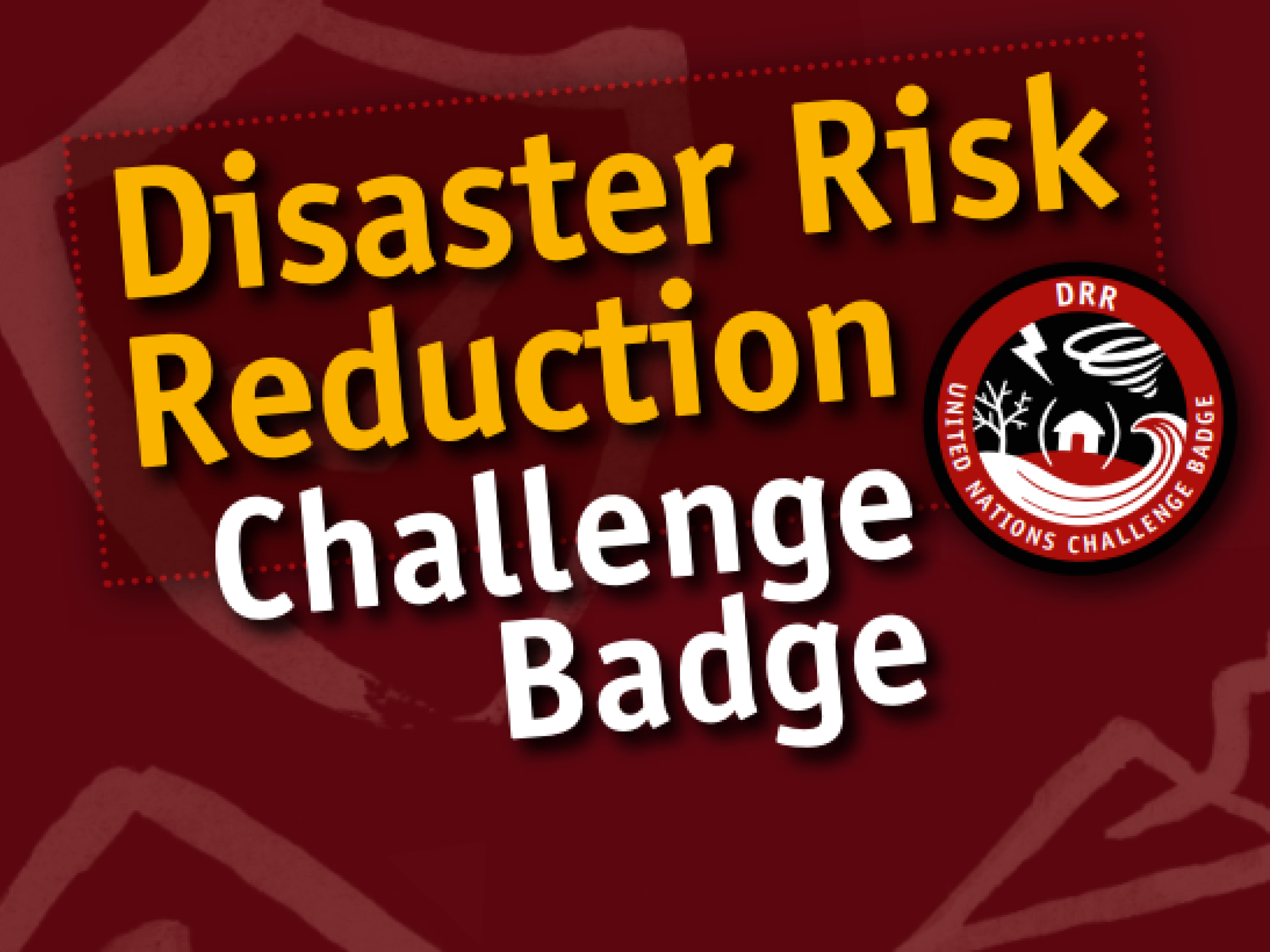
Disaster Risk Reduction Scout Badge
The Disaster Risk Reduction challenge badge is designed to help educate children and young people about hazards, disasters, and how the crucial role disaster risk reduction plays for life on our planet. The badge manual has plenty of material for use in school classes, Guide or Scout groups and other youth related groups. It includes a wide range of activities and ideas to stimulate learning about disaster risk reduction and promote action in local communities.
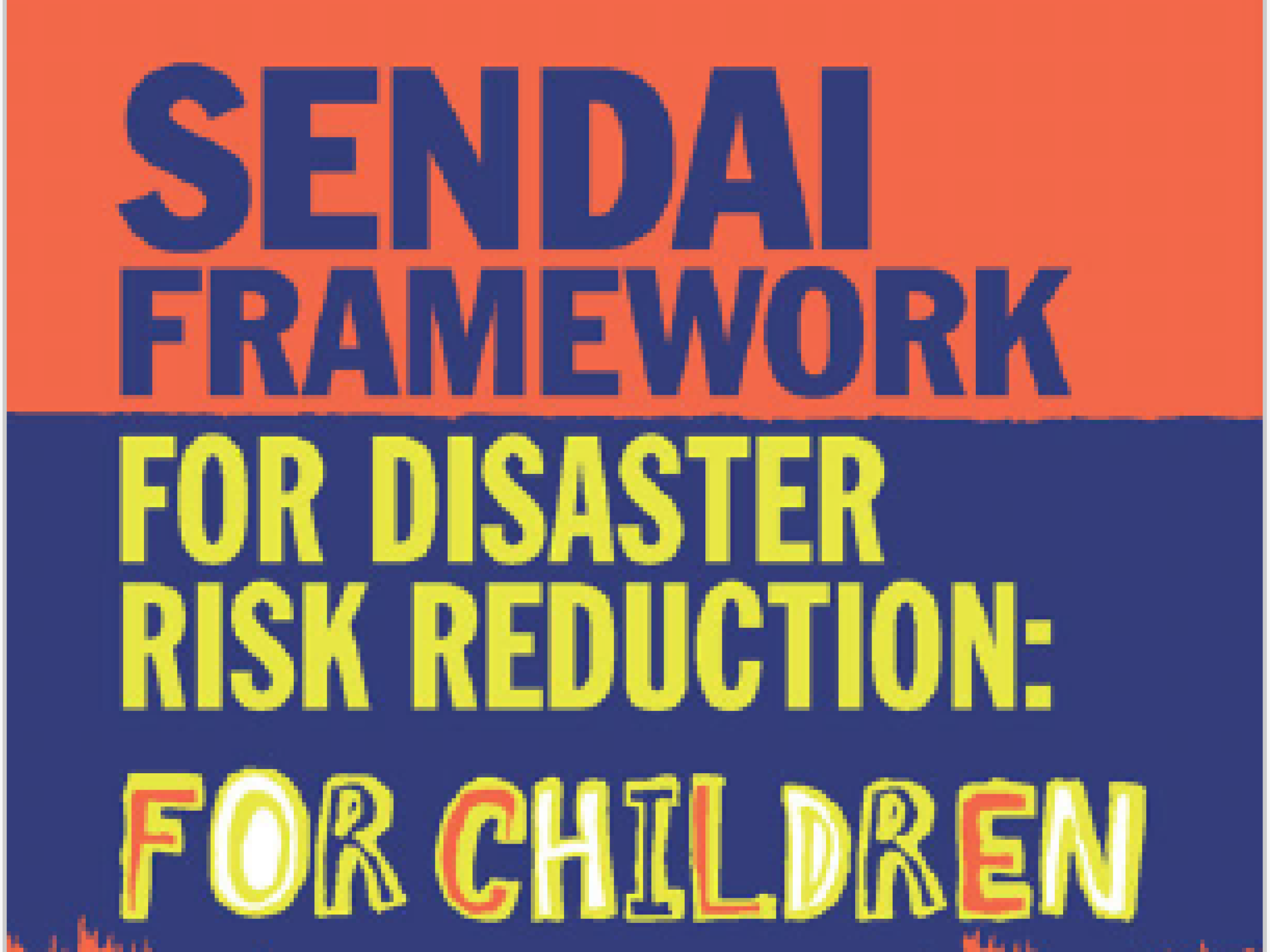
Sendai Framework for Disaster Risk Reduction: for children
This guide offers a child-friendly version of the Sendai Framework. It was developed in consultation with children by the Children in a Changing Climate coalition. The Sendai Framework aims to make sure that everyone is ready when hazards strike, so that responses are more effective and better organised. The document supports processes of child-friendly accountability by making the Sendai Framework accessible to children.

Educational materials collection
The latest materials including children's books, textbooks, lesson plans, activities, games, and online resources on disaster prevention and school safety.
3. Inspiration
Policy Inspiration - For Policymakers
We call on policymakers to ensure every school is constructed or retrofitted to be disaster-resilient, integrates disaster risk reduction into the school curriculum and implements the Comprehensive School Safety Framework 2022-2030. Your leadership makes a significant difference in delivering a resilient for youth and children.
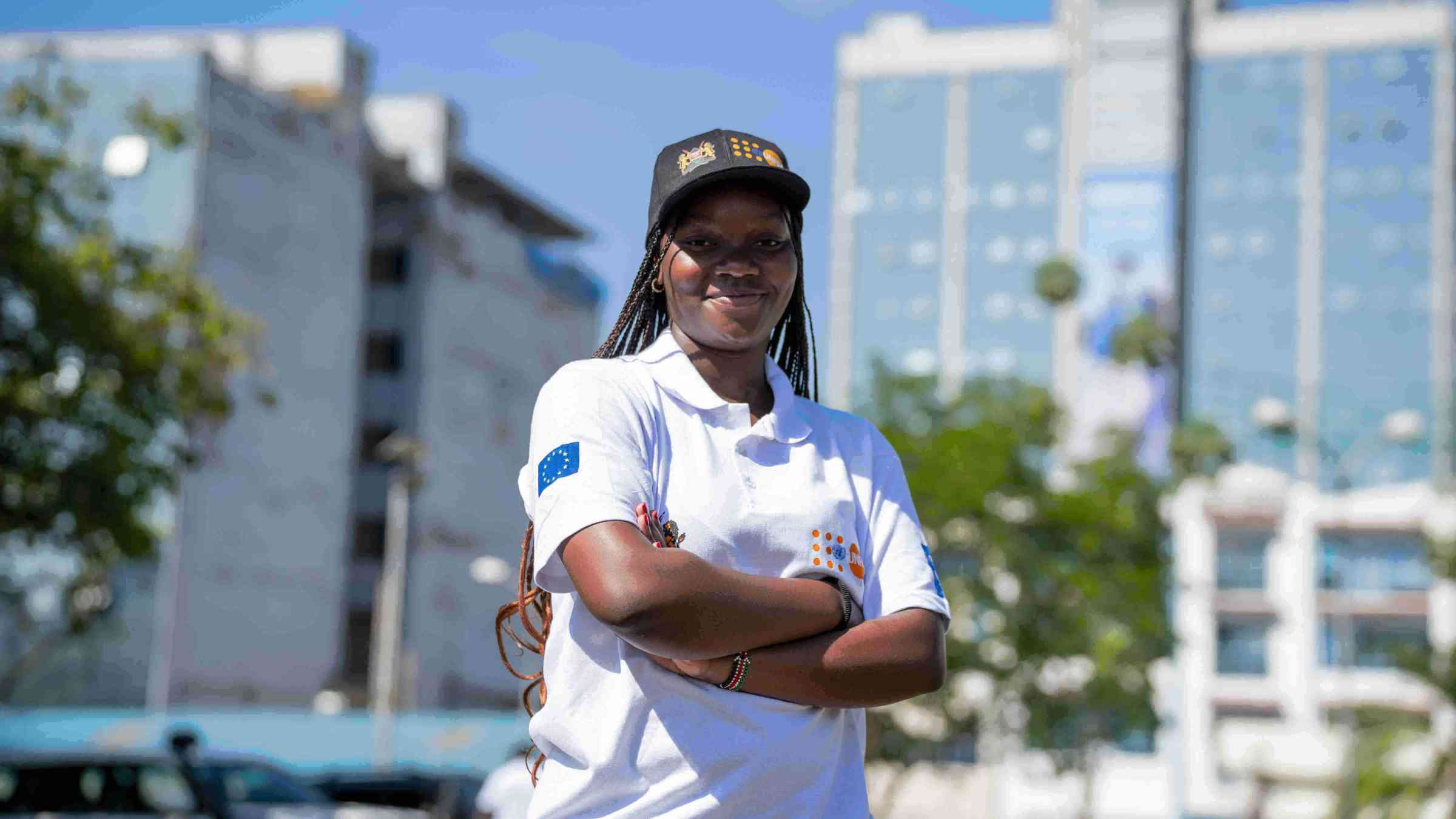
The Comprehensive School Safety Framework (CSSF) 2022-2030 is coordinated by the Global Alliance for Disaster Risk Reduction and Resilience in the Education Center. The CCSF provides strategic guidance to duty bearers and their partners to promote safe, equitable and continuous access to a quality education for all.
The CSSF takes an “all-hazards, all-risks” approach, including, natural and climate-change induced hazards, technological hazards, biological and health hazards, conflict, and violence as well as everyday dangers and threats. The CSSF is aligned with the SDGS, Sendai Framework for Disaster Risk Reduction and relevant global frameworks for child rights and child protection.
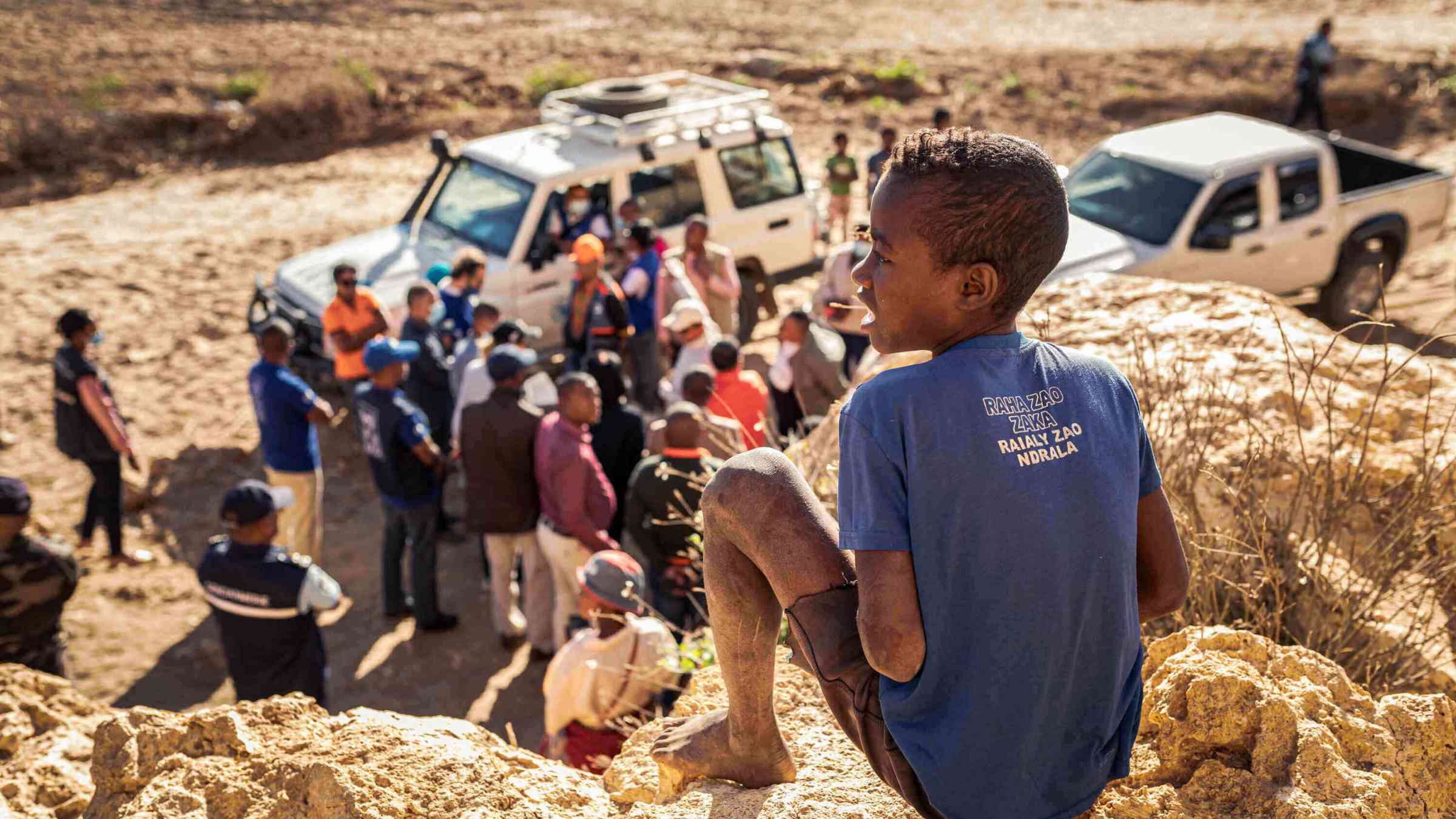
United Nations Children's Fund (UNICEF) works on DRR in 150 countries. Child-responsive DRR prioritizes children and young people in the whole disaster management cycle, ensuring their individual and collective needs are part of policies, plans and systems. UNICEF also engage children and young people in DRR activities to strengthen and build on their innovative ideas, skills and capacities to drive solutions.
See examples of the child-responsive DRR in seven regions around the world.
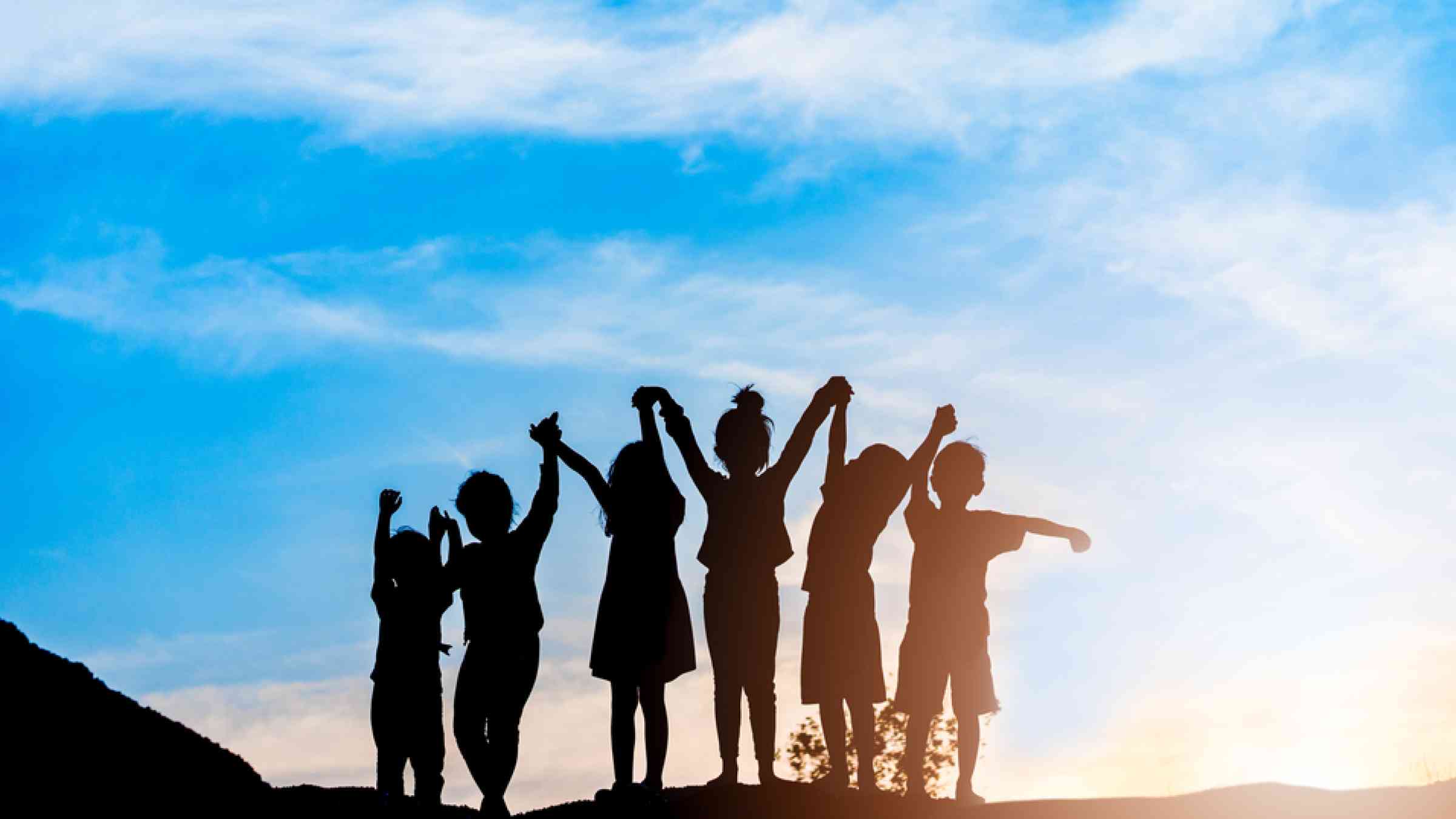
UNDRR has been running this programme in the Republic of Korea with implementation support of the Korean Ministry of the Interior and Safety (MOIS) and Incheon Metropolitan City since March 2016. It uses child-friendly, fun-oriented educational materials such as the Riskland Game that are designed to be used by educators to teach children and youth DRR, while encouraging more participation in and raising awareness of child-centered DRR education.
The program focuses on measures aimed at creating content, processes and learning opportunities for children, staff and school communities (including parents) to develop individual and community-level resilience in relation to the risks they face.
Action Inspiration - For Schools, Educational Stakeholders, Children and Youth
Leading action around the world is making a difference, empowering children and youth for a resilient future. Take inspiration from these initiatives to design your 2024 activation on the International Day for Disaster Risk Reduction. Thank you to all organisations for sharing these through our community call.
This series of books is free for everyone and available in 18 languages. Covering natural hazards ranging from floods to earthquakes, wildfires to cyclones, the books provide coping tools, preparedness, and relatable stories in an imaginative and easy-to-understand way.
Through the lives of 4 orphan children, Candy, Ollie, Ping and Eddy and under the guidance of Grand Mistress Fu, the COPE squad embark on journeys of discovery into the world of disasters. The COPE Squad’s mission is to educate children from all over the world, so they can become COPE Champions to act as role models in their community.
Earlier this year, we called on the global community to share good practices in engaging children and youth on disaster resilience. These are some of the inspiring examples of actions in the community we received. Many thanks for all your submissions!
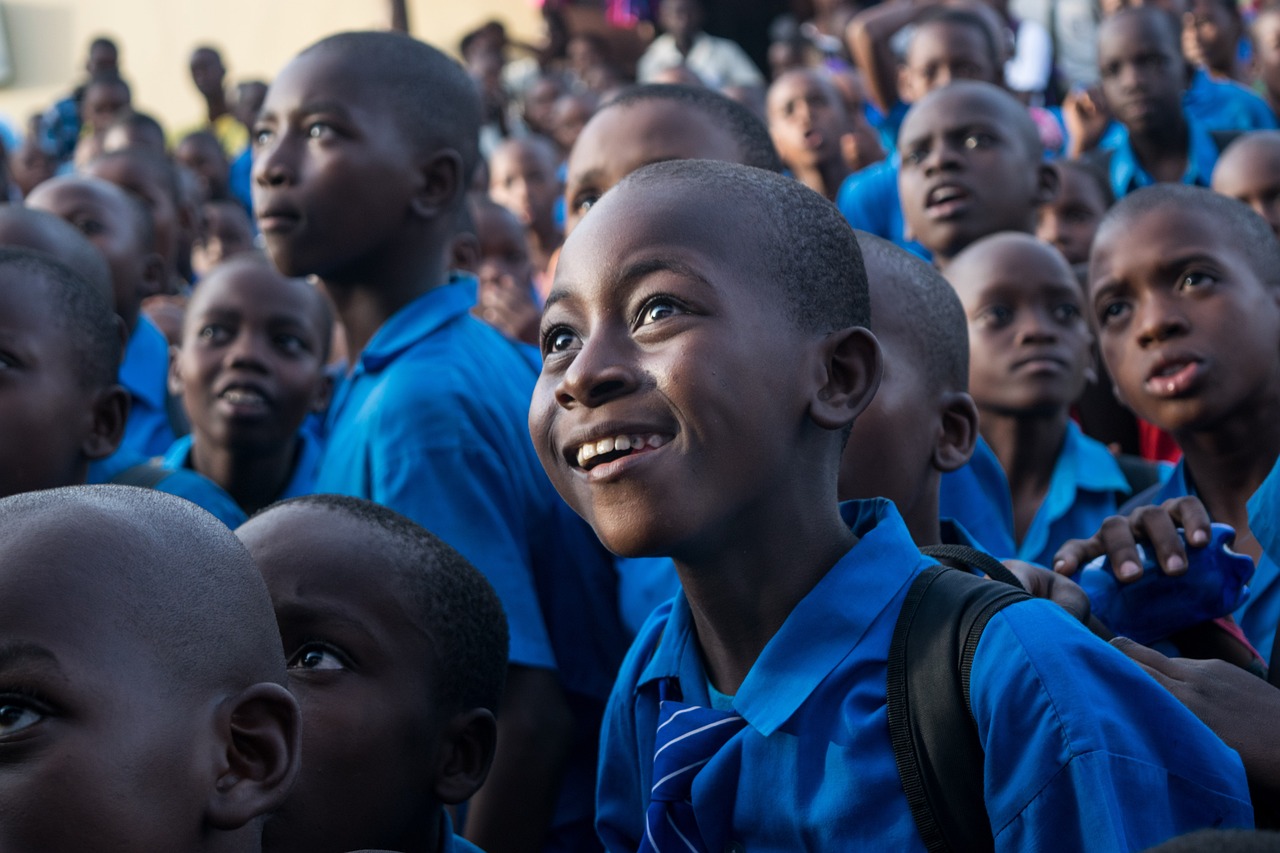
Nairobi, Kenya: Dandora Day Nursery School
"At Dandora Day Nursery, we love teaching our little ones all about staying safe during emergencies like earthquakes, tsunamis, and floods. Here's how we make sure our kids are prepared: Playtime Policies: We have fun rules that help us learn how to be safe if something scary happens. We practice listening and following directions so we can stay safe together. Good Playtime Practices: During playtime, we have pretend drills where we practice what to do if there's an emergency. We also talk about helping each other and staying calm. Fun Events: We have exciting events where we play games that teach us about being safe. We also have special days where we learn about helping our friends and being brave. Happy Awareness Activities: We do activities that help us learn about safety in a fun way. We have story time about being prepared, and we draw pictures of how we can help each other if something happens."
Philippines: Plan International
In the Philippines, Plan International, as a member of the Zurich Climate Resilience Alliance, works with young people (17-24 years) to give them a voice in decision-making. Children and youth are often excluded from decision-making because they are not actively engaged by policymakers. One of the interventions entailed conducting youth-led community-based disaster risk reduction and management planning. This was a youth-led activity meant to help youth leaders and community members better understand disaster risk so that they can plan accordingly and engage with local government units for better response to youth and community needs. The idea was to improve their understanding through participatory mapping and helping them visualize the risks and the elements at risk, which provided them with better insights, more innovations, and build better confidence for lobbying and influencing activities.
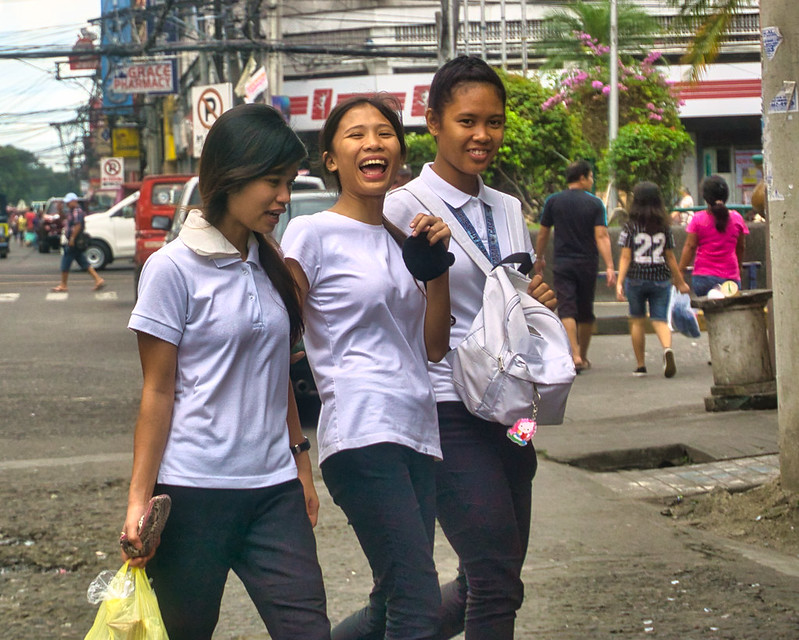
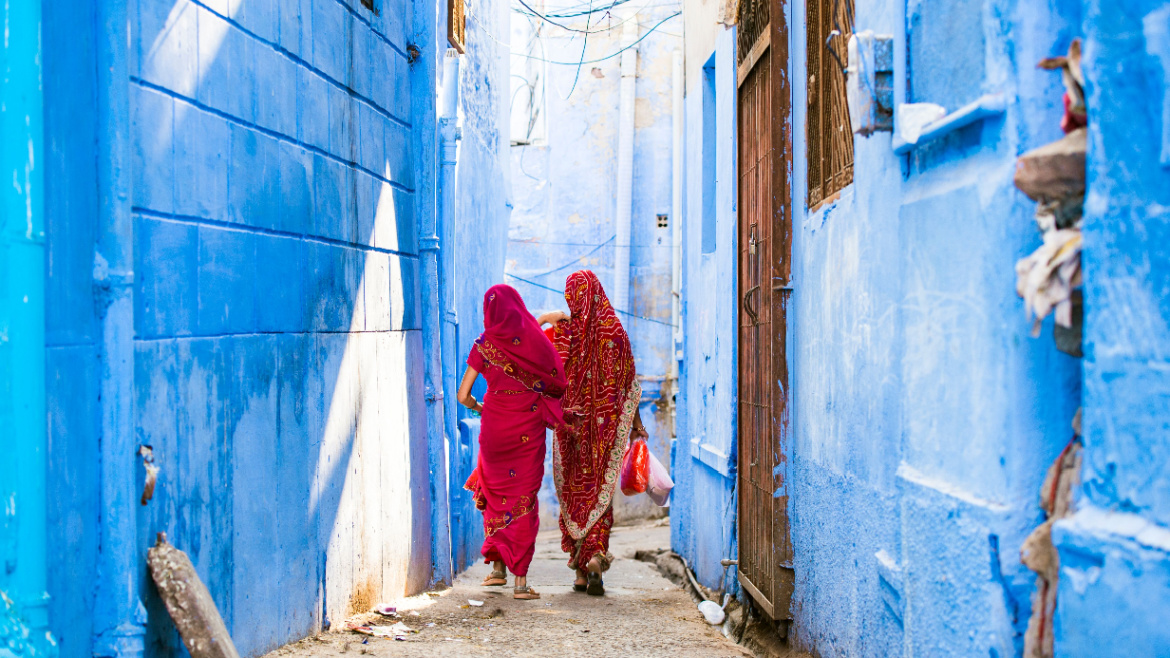
Delhi, India: International Institute of Health Management Research (IIHMR)
The IIHMR Delhi, through its youth scholars organized more than 15 events across India for spreading information on DRR from 1st to 10th October 2024 across various schools, colleges, market areas, refugee camps, transgender people communities, healthcare facilities (primary health centers, community health centers, health and wellness centers), special schools, auto stands, red light crossings, community parks etc. The reach is further deepened by involving different segments of society like transgender people, slum dwellers, refugees, school children, college students, RWAs, persons with disabilities, etc. Systematically curated activities for these segments of society were planned and executed by a focused group of research officers, assistants, young scholars and budding management professionals working under the guidance of experienced faculty member. These sensitization activities were conducted in 8 states on India about being safe. There are also special days dedicated to learning about helping each other as well as the Happy Awareness Activities: activities that help to learn about safety in a fun way which include story time about being prepared and drawing pictures of how we can help each other if something happens.
Youth Network for Disaster Risk Reduction of the Americas and the Caribbean
The Youth Network for DRR of the Americas and the Caribbean offers a platform for young advocates and professionals between 18 and 35 years old, to share their experiences, insights and questions regarding hazards, disasters, vulnerability and risk. We have conducted several workshops, virtual conferences ("DRR Talks"), and mingles to raise awareness about the challenges and solutions in the 36 countries we currently cover. Also, it organizes Working Groups both in English and Spanish (Innovation, Science and Technology, Capacity Building, Investments, and Inclusion and Participation) in order to work in an annual project that involves UNDRR's International Day for Disaster Risk Reduction main topic.
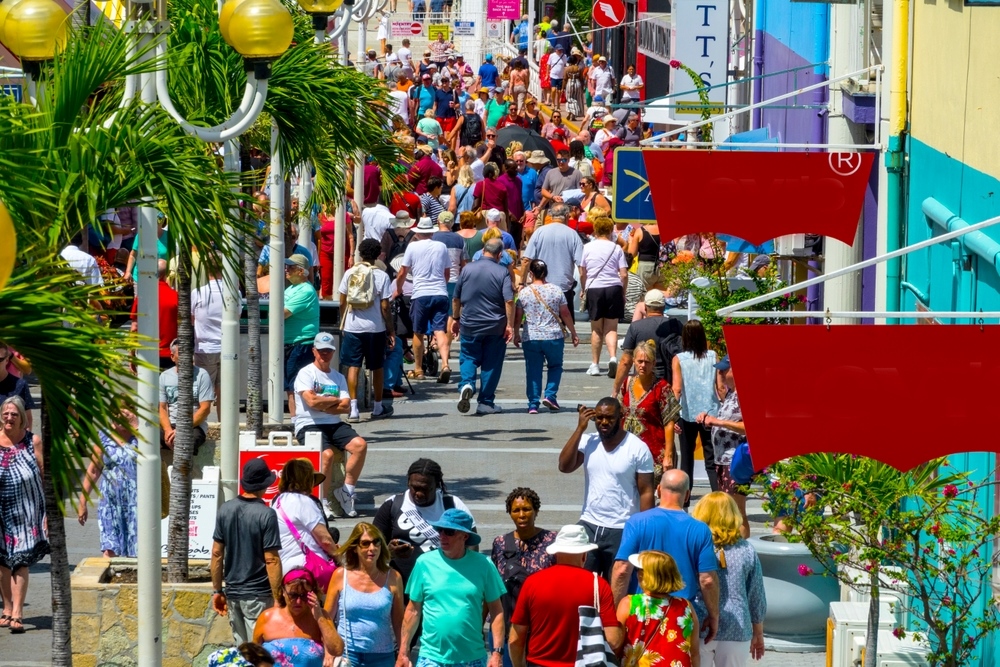
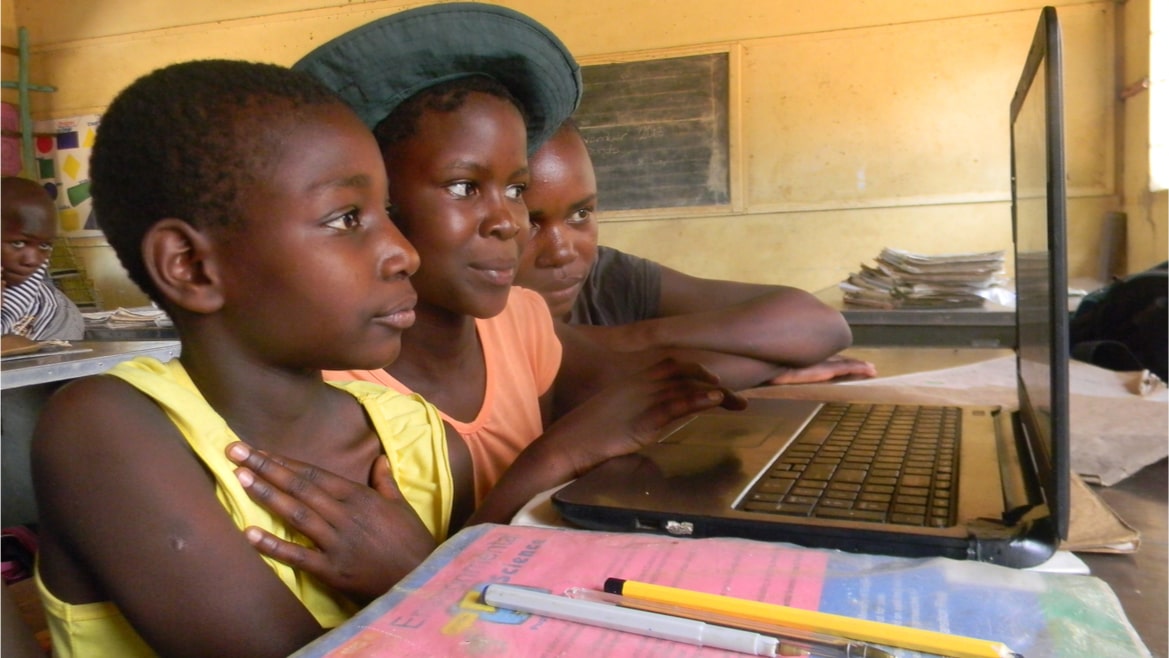
Zimbabwe: Gwinyiso Initiative
The Gwinyiso Initiative coined a creative digital campaign under the hashtag #ACTonDRMBill in September 2022. This campaign is aimed at influencing the approved Disaster Risk Management Bill principles which were approved by Cabinet in June 2022 and also meant to garner support from various stakeholders for the finalization of the Disaster Risk and Management Bill which has been in the pipeline for the longest period (since 2003). The Disaster Risk Management Bill seeks to replace the Civil Protection Act of 1989. Gwinyiso is a "Ndau" ethnic language which means "to strengthen", and the campaign is all about strengthening the call to demand for a new legislation, the voices of marginalized communities, grassroots movements and comprehensive disaster risk reduction efforts. Since 2022, the Gwinyiso Initiative celebrates the International Disaster Risk Reduction Day, and use this has a platform to educate young people.
Rome, Italy: Association of Volunteer Engineers for Emergency
"We meet children and students in primary and secondary schools and in public libraries to make them aware of the characteristics of the territory in which they live. We show our audience, through visual material produced by us or freely available on the internet, what happened during past disastrous events. We identify together the relevant risks; the wrong and the right behaviors; always using age-appropriate language and making them learn by fun. We also explain which are the local risks and how to respond to local alerts and warnings; what they must do in the event of a disaster. We inform them on the local emergency plans, showing in particular which are the closest waiting areas."
